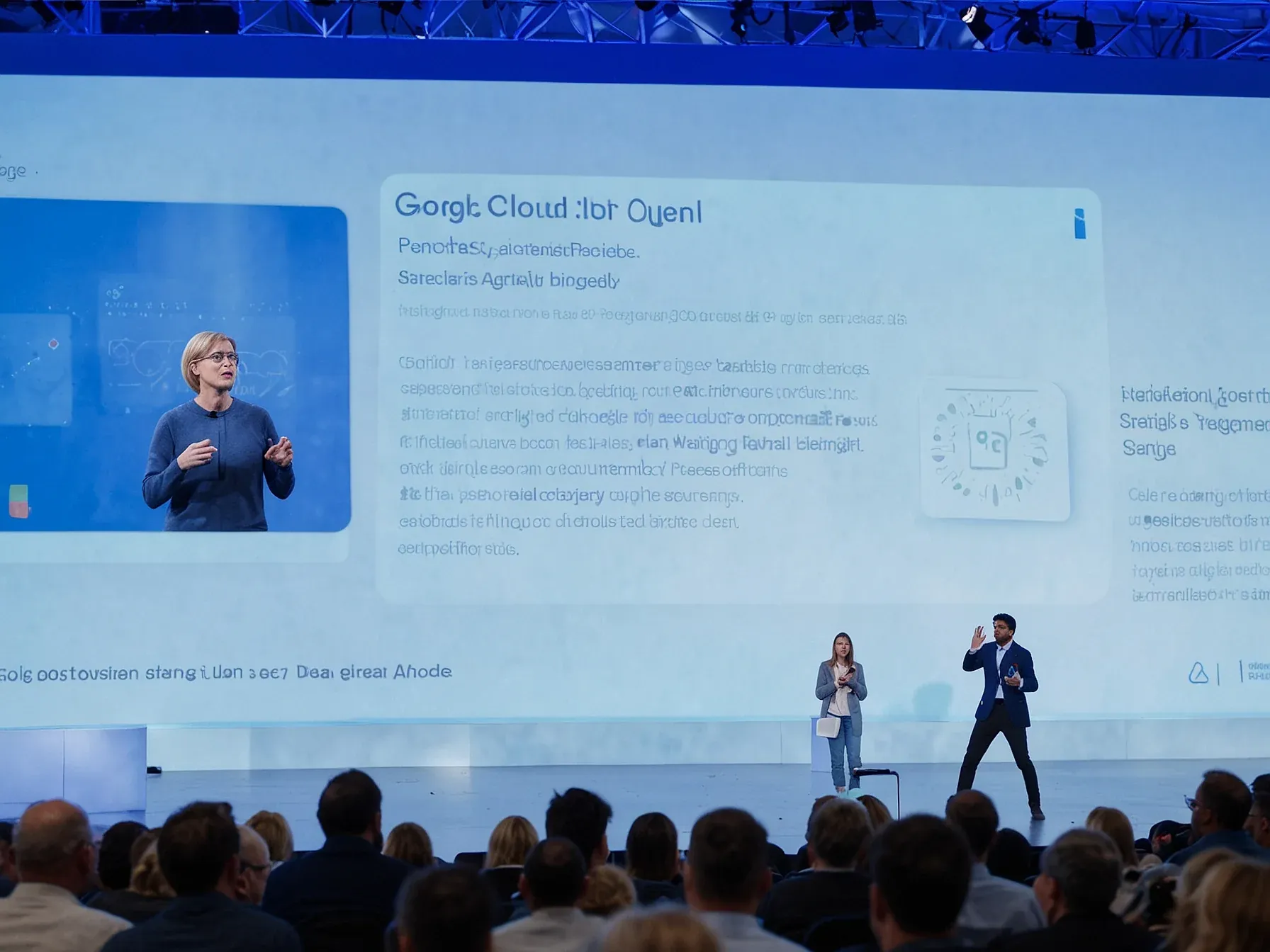
Google Cloud expands Agent Builder, rivaling OpenAI’s Agent Development Kit
When Google Cloud announced a wider rollout of its Agent Builder platform, I felt the AI-assistant space getting a bit crowded. The company is clearly pushing deeper into AI orchestration, rolling out a version that promises more flexibility for developers. Around the same time, industry chatter has started calling it an “agent builder arms race,” as cloud giants scramble for the best tools to let programmers stitch together autonomous assistants.
Google leans on its huge infrastructure, but OpenAI is courting the same crowd with a free Agent Development Kit that deliberately skips its own models. It’s not just about who has the longest feature list; the real question seems to be how open-source frameworks can lure enterprises that want agents without being tied to a single vendor. On top of that, the newly unveiled AgentKit bundles an Agent Builder aimed at helping firms weave agents straight into their apps.
All this sets the stage for a side-by-side look at the two toolsets and what they could mean for developers hunting flexibility in today’s fast-moving AI services market.
Google's Agent Builder competes with OpenAI's open-source Agent Development Kit, which enables developers to create AI agents using non-OpenAI models. Additionally, there is the recently announced AgentKit, which features an Agent Builder that enables companies to integrate agents into their applications easily. AWS also offers agent builders on its Bedrock platform.
However, it isn't just companies with their own models that court developers to build their AI agents within their platforms. Any enterprise service provider with an agent library also wants clients to make agents on their systems. Capturing developer interest and keeping them within the ecosystem is the big battle between tech companies now, with features to make building and governing agents easier.
Google just rolled out a new Agent Builder update that adds governance tools, which seems to push enterprises toward tighter control of their AI pipelines. The big question, though, is whether that will actually set Google Cloud apart from OpenAI’s open-source Agent Development Kit - a kit that already lets developers use non-OpenAI models. The platform still boasts a no-code interface, so a small team can spin up an agent with just a few lines of code; that kind of simplicity could keep folks on Google’s stack for now.
Still, it’s hard to say if that gives Google a real edge, especially since AgentKit’s recent Agent Builder offers a comparable integration path for companies that want to embed agents straight into their apps. The expanded orchestration features hint at a deeper “agentic enterprise” push, but it’s unclear how much of the market will favor Google’s tools over the alternatives that are already out there. So, Google Cloud has definitely beefed up its agent-building suite, yet whether the new governance and low-code options will turn into lasting lock-in remains an open question.
Further Reading
- OpenAI vs. Google vs. Jules: Choosing Your AI Agent Platform in 2025 - Toolshelf
- Google vs OpenAI vs Anthropic: The Agentic AI Arms Race Breakdown - MarkTechPost
- OpenAI Agent Builder vs Google Vertex AI Agents vs Microsoft Copilot - CoSupport AI
- Best AI Agent Builder Platforms in 2025 , Visual, No-Code AI Tools - Cygnis
Common Questions Answered
How does Google Cloud's expanded Agent Builder aim to compete with OpenAI's Agent Development Kit?
Google Cloud's broader Agent Builder adds governance tools and leverages its massive infrastructure to give enterprises tighter control over AI pipelines. By offering a no‑code interface alongside these controls, it seeks to attract developers who value both simplicity and enterprise‑grade oversight, positioning itself directly against OpenAI's open‑source kit.
What new governance features are included in the latest Google Cloud Agent Builder update?
The update introduces governance tools that let enterprises monitor, audit, and enforce policies across their AI agents. These features are designed to provide tighter control over AI pipelines, helping organizations manage risk while still using a low‑code development experience.
Which other cloud providers are mentioned as offering competing agent builder solutions?
The article references OpenAI's open‑source Agent Development Kit, the newly announced AgentKit, and AWS's Bedrock platform, all of which provide developers with tools to create and integrate AI agents. Each platform aims to capture the growing developer interest in building autonomous assistants.
Why might the no‑code interface of Google Cloud's Agent Builder be appealing to small development teams?
The no‑code interface allows small teams to spin up functional AI agents with just a few lines of code, reducing the need for extensive engineering resources. This simplicity can accelerate development cycles and lower barriers to entry, making it attractive for rapid prototyping and deployment.




